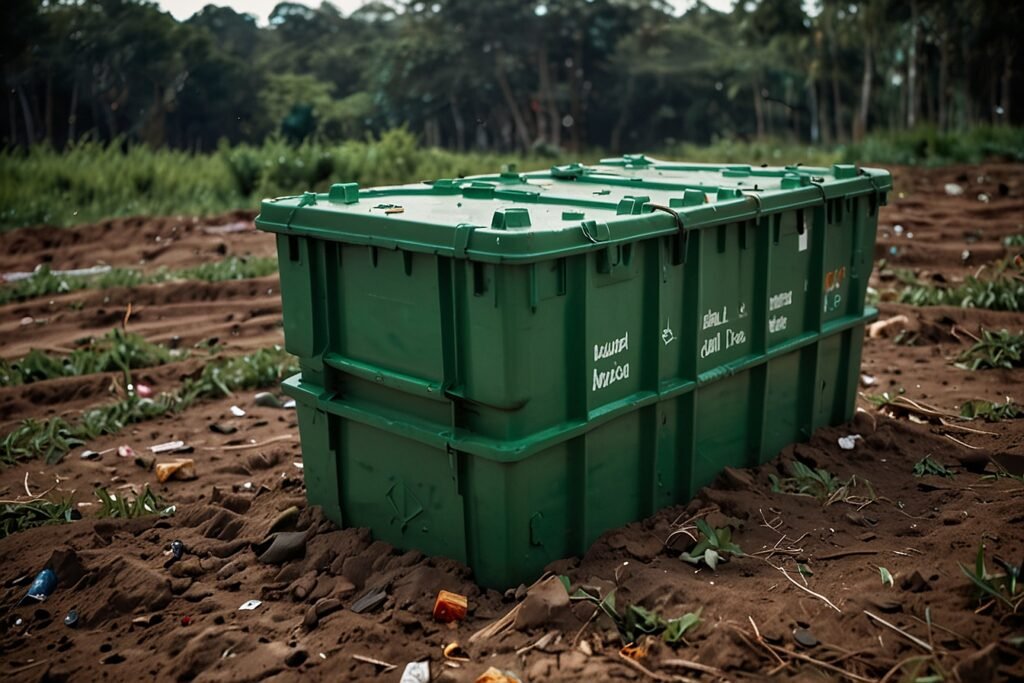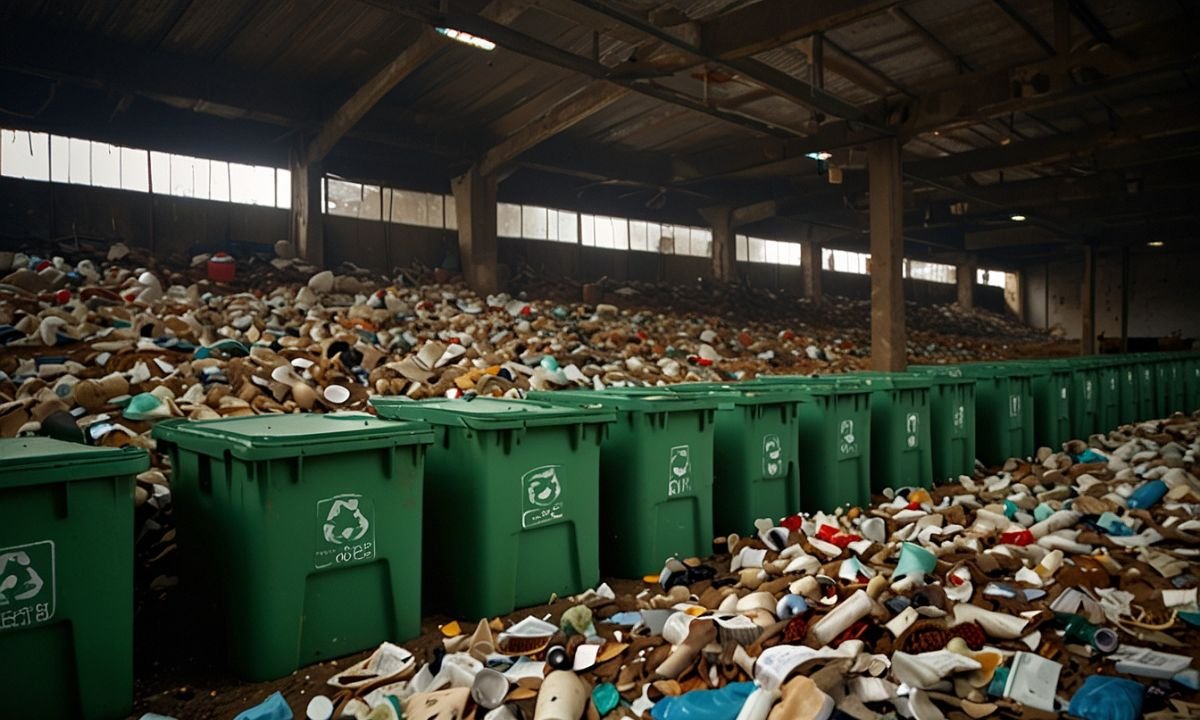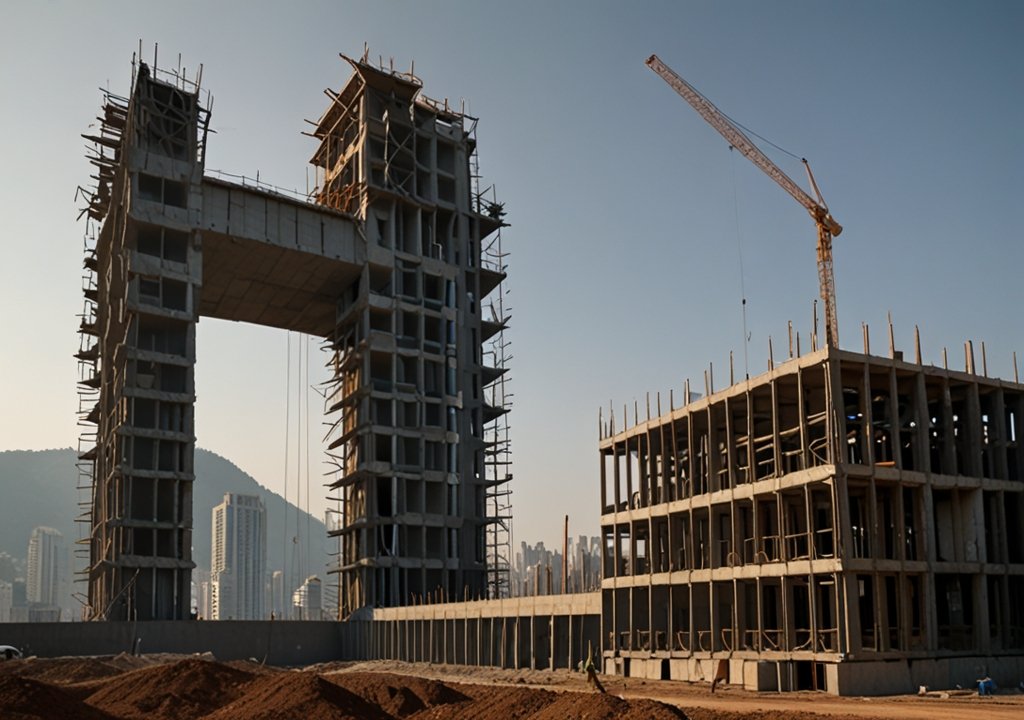Introduction
Picture a world where waste turns into wealth. Recurbate technology sparks hope. It transforms garbage into valuable resources. This method excites eco-innovators and local leaders. Today, recurbate drives sustainable progress. Moreover, it reduces environmental burdens. It offers new economic opportunities. Thus, many communities embrace recurbate. Clearly, the future now glows green.
Sustainability matters for all. Eco-friendly methods gain importance now. Recurbate inspires change daily. Many experts study its impact.
What is Recurbate?
Recurbate is a breakthrough recycling method. It converts waste into marketable products. This process minimizes landfill overflow. It saves energy and resources. Furthermore, recurbate promotes cleaner industries. Many scientists study its benefits. Small cities have adopted recurbate with success. Therefore, recurbate reshapes our approach to waste. It bridges technology and nature.
Engineers design recurbate systems with precision. They optimize waste conversion processes. The method uses smart technology. It adapts to various waste types.
Benefits of Recurbate Technology
Recurbate enhances sustainability. It cuts down pollution drastically. The process improves resource efficiency. It creates local jobs and boosts economies. Moreover, recurbate saves energy. It supports innovative business models. In addition, recurbate lowers recycling costs. Its environmental impact is profound. Clearly, recurbate changes recycling forever.
This technology fosters community well-being. It boosts public health and clean air. Furthermore, it cuts operating costs.
Key benefits include:
- Reduced landfill waste.
- Lower energy consumption.
- Economic growth opportunities.
- Enhanced resource recovery.
Recurbate vs Traditional Recycling

Traditional recycling has limitations. Recurbate improves efficiency significantly. The table below compares both methods.
| Feature | Traditional Recycling | Recurbate Innovation |
|---|---|---|
| Waste Processing Speed | Moderate | Fast |
| Energy Consumption | High | Low |
| Resource Recovery | Limited | Extensive |
| Economic Impact | Variable | Positive & Predictable |
| Environmental Footprint | Larger | Smaller |
The table shows clear advantages. Recurbate offers quicker processing and lower energy use. It also drives more robust economic benefits. Thus, recurbate stands out.
Traditional methods fall short on efficiency. Recurbate exceeds standard performance. It meets modern environmental demands.
Implementing Recurbate Methods
Adopting recurbate requires smart planning. First, invest in modern equipment. Next, train workers in new techniques. Then, integrate recurbate into local systems. Many businesses report quick returns. They enjoy lower costs and higher output. Moreover, public support rises with success. Consequently, communities witness greener outcomes. Companies now see recurbate as a smart move.
Steps to implement recurbate:
- Assess current waste systems.
- Upgrade recycling technologies.
- Train teams on recurbate methods.
- Monitor and adjust processes.
Local governments support recurbate projects. They allocate funds and create policies. Partnerships grow with industry leaders.
Future Prospects of Recurbate
Recurbate promises a bright future. It may soon lead global recycling efforts. Scientists explore its full potential. New innovations join recurbate every day. Investors now fund green technologies. Furthermore, governments support sustainable initiatives. Therefore, recurbate will reshape industries. The future holds many exciting prospects. It heralds a cleaner, vibrant planet.
Innovators now plan global recurbate networks. They pursue research and development. The vision expands beyond borders. Innovation drives progress globally.
Conclusion
Recurbate revolutionizes recycling. It transforms waste into wealth. This method drives sustainability and growth. Communities benefit economically and environmentally. Adopt recurbate now for a greener future. We urge communities to embrace recurbate and join the green revolution.
YOU MAY ALSO LIKE
Snowbreak Locate Uninterruptible Power Supply: Essential Guide for Reliable Backup Power
FAQs
Q1: What is recurbate technology?
Recurbate converts waste into valuable products with advanced processes.
Q2: How does recurbate differ from traditional recycling?
It processes waste faster, uses less energy, and recovers more resources.
Q3: Can small communities adopt recurbate?
Yes, many small cities have successfully implemented recurbate systems.
Q4: What are the economic benefits of recurbate?
It lowers costs, creates jobs, and boosts local economies significantly.
Q5: Is recurbate environmentally friendly?
Absolutely. Recurbate reduces pollution and minimizes landfill waste.
Q6: How can businesses implement recurbate methods?
They can invest in new technology, train staff, and integrate modern systems.
Q7: What is the future of recurbate?
The future is bright with growing innovation and strong governmental support.










